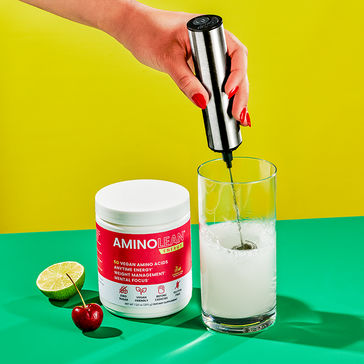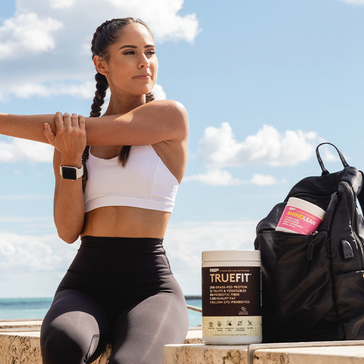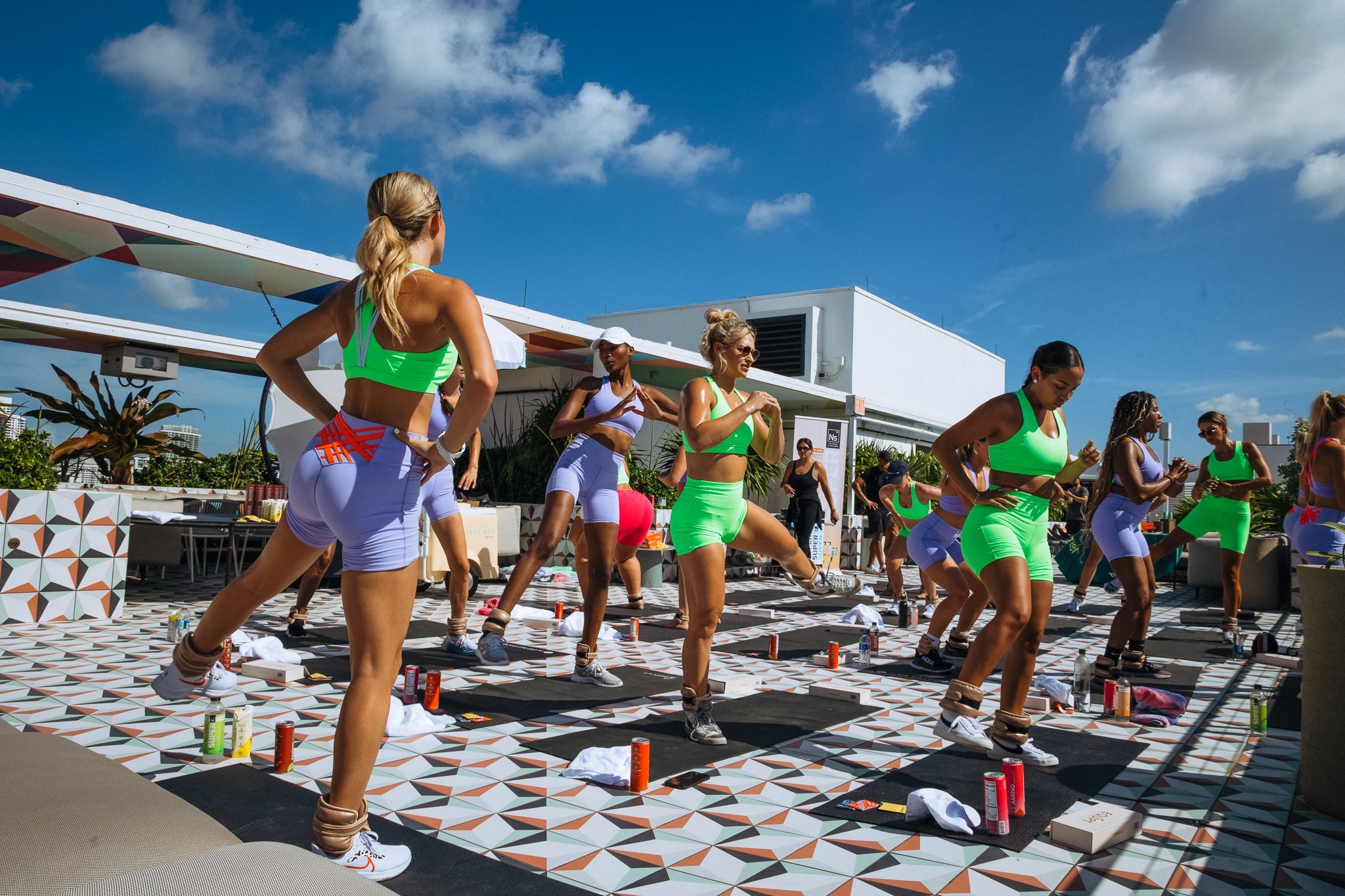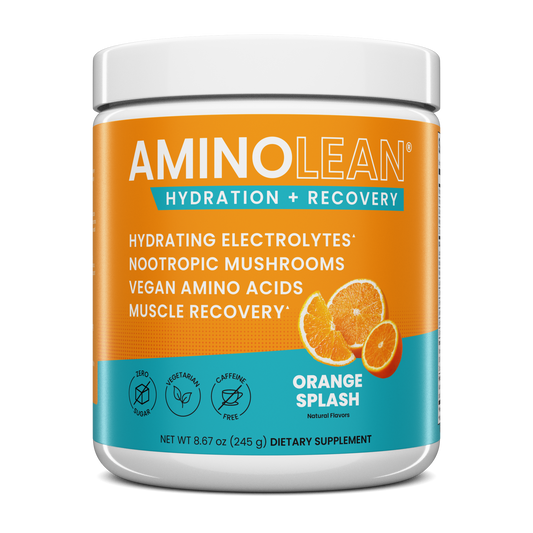Whether you’re going for a run or doing a quick circuit training workout in your backyard, exercising outdoors is the perfect way to challenge your body while also getting your daily dose of vitamin D. And if you’ve been waiting for the never-ending winter to pass in order to get your sweat on in the fresh air, then you’ll be happy to know there are several ways you can make your indoor workout into a fantastic outside experience.
Kicking it up with an outdoor cardio workout
Grinding it out on the treadmill mile after mile can only last for so long. Fortunately, warmer (and drier) weather means more time outside hitting the pavement rather than a rotating belt. And when it comes to aerobic exercise, Paul Searles, CSCS from the New York Sports Science Lab, says most of the standard cardio options are actually best performed outdoors. “Things, like jogging, swimming, and cycling, are almost always more pleasant when you are outside instead of being stationary in a gym,” he says. Plus, you can always find different areas outside to add variety to simple exercises.
For example, Searles says instead of running on a sidewalk, try hill sprints, trail running, or running on the beach to increase the intensity while decreasing the impact on your joints. “Exercise is supposed to be fun, so think about the types of activities that you enjoy in the summertime, and the next time you go hiking, kayaking, or paddle boarding, try to add some intervals of higher intensity,” he explains. You are much more likely to stay consistent with exercise if you look forward to doing it.
Nick Rizzo, training director at RunRepeat.com, says his favorite outdoor training protocol for cardio workouts is based on sprint interval training, which he believes is the right combination of challenging while not being too extreme. All you need is a soccer field or open space and a good pair of shoes. Start by doing four to eight sets of 30 second all-out sprints followed by four minutes of slow walking for recovery. And don’t worry if you’re not a sprinter. You can also jog or fast walk for the 30-second all-out intervals.
Muscle-up with resistance training exercises you can do outside
When you rely on the gym for all of your muscle-building needs, it can be a challenge to shift your mindset and take your workouts outside. But here’s the thing: Building strength is the same outside as it is inside. In fact, Searles reminds us that all we are looking to do is have our bodies overcome a resistance by producing force.
The simplest way to turn an indoor workout into an outdoor workout, says Searles, is by bringing equipment outside. Take note of your favorite pieces of portable (and affordable) equipment and stock up for a summertime workout. Searles says things, like bags, kettlebells, and dumbbells, are some common pieces of equipment you can easily move outdoors.
For example, Searles says if you’re planning on doing a circuit in your gym involving a TRX strap, find a tree with a sturdy branch and attach the TRX to that. “Portable pieces of equipment work the same outdoors as they do inside,” he explains. That’s why he recommends having a portable gym in your car with things like a kettlebell, jump rope, TRX, and some resistance bands.
Plus, a lot of gyms already have an outside area with things like sleds, tires, and sledgehammers in the parking lot, so Searles says you may not even need to invest in any equipment. And if you don't have access to equipment, bodyweight park workouts are a common and effective way to strength train. They provide access to bars that you can use for things, like pull-ups and dips.
One of Rizzo’s favorite outdoor strength building workouts involves a full body kettlebell sequence that also includes a cardio component. You can do this KB Farmers walks + KB Renegade Rows + KB Lunges in your driveway or on the street in front of your house. Grab two kettlebells and hold them by your side. One set consists of walking from one end of the driveway and back (kettlebell farmers walk), followed by a set of renegade rows (pushups on kettlebells + rows), and finishing with lunges down the driveway and back.
Safety comes first when exercising outside
When it comes to indoor safety, about the only thing you need to worry about is the electricity going off. However, when you take your fitness routine outside, there are a few things to consider if you want to save and make the most of your summer workouts.
Clothing isn’t all about fashion, especially when the weather is heating up. Wearing lightweight, sweat-wicking shorts, shirts, and socks can mean the difference between a killer workout with some sweat and one that leaves you completely drenched. With the warmer temperatures in mind, adjusting the time of day you exercise can also keep you on track with your fitness goals. Mornings and late evenings may be your best bet to stay cool but still get your sweat on outside.
And of course, we can’t talk about outdoor workouts without mentioning sunscreen and hydration. Regardless of the time of day, if the sun is out, you need to have sunscreen on.
When it comes to hydration, a good rule of thumb is as long as you’re drinking water throughout the day, with a focus on a few extra glasses before you exercise and hydrating while working out, you should be able to keep your body hydrated and running at peak performance.








